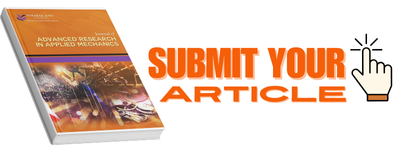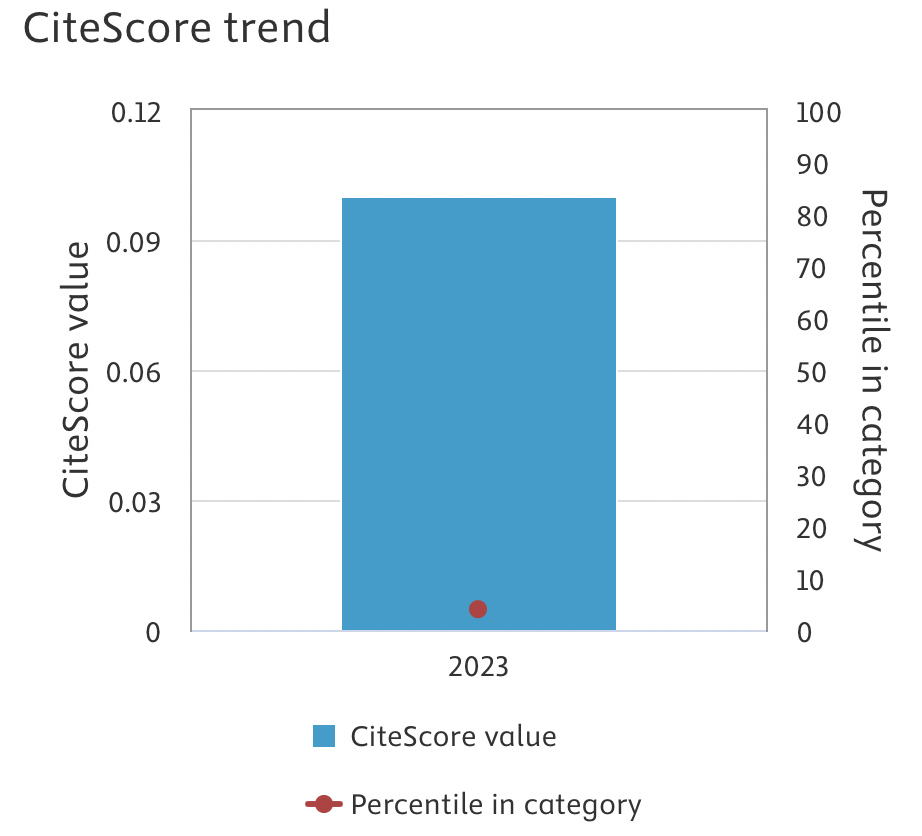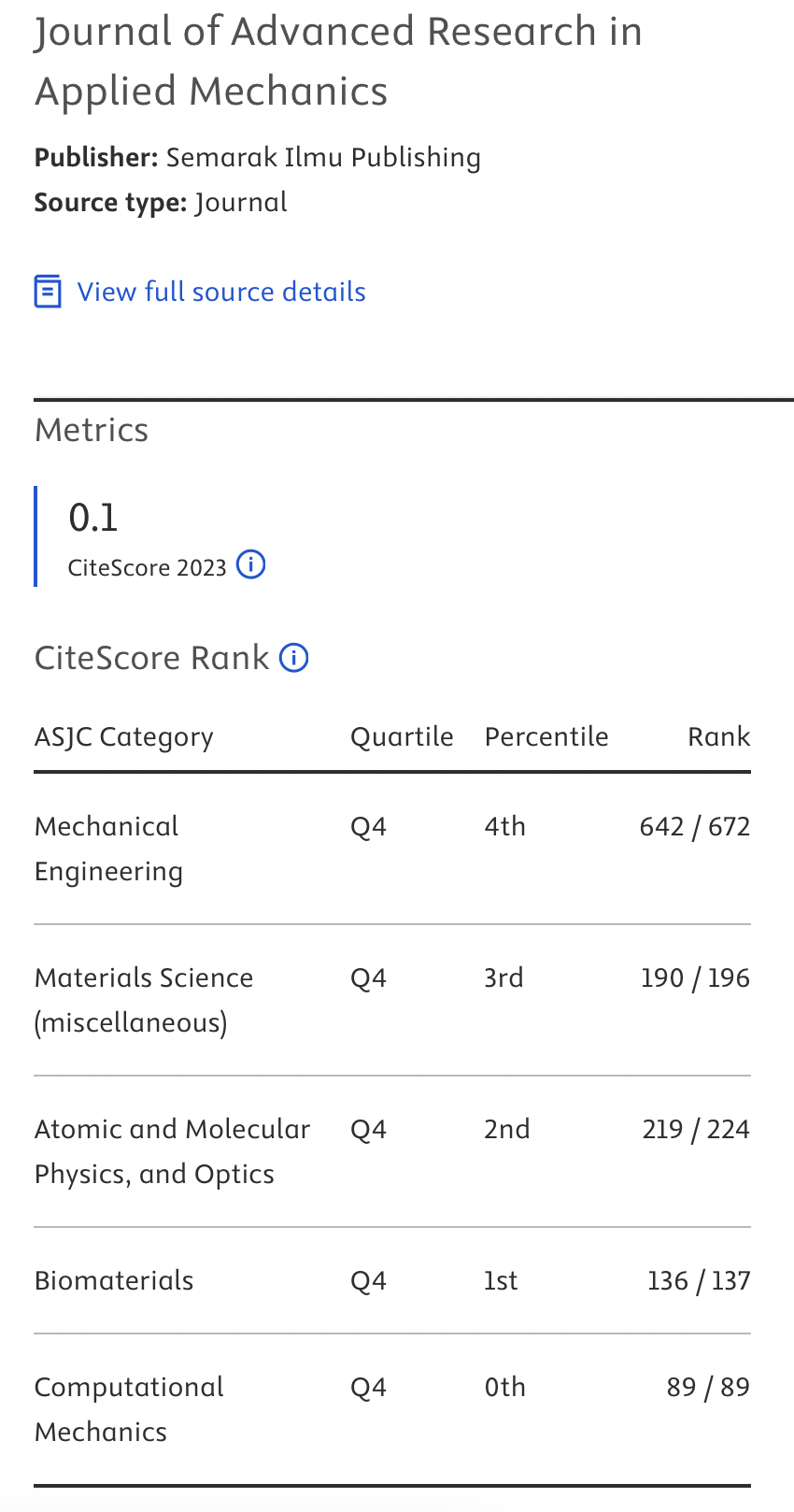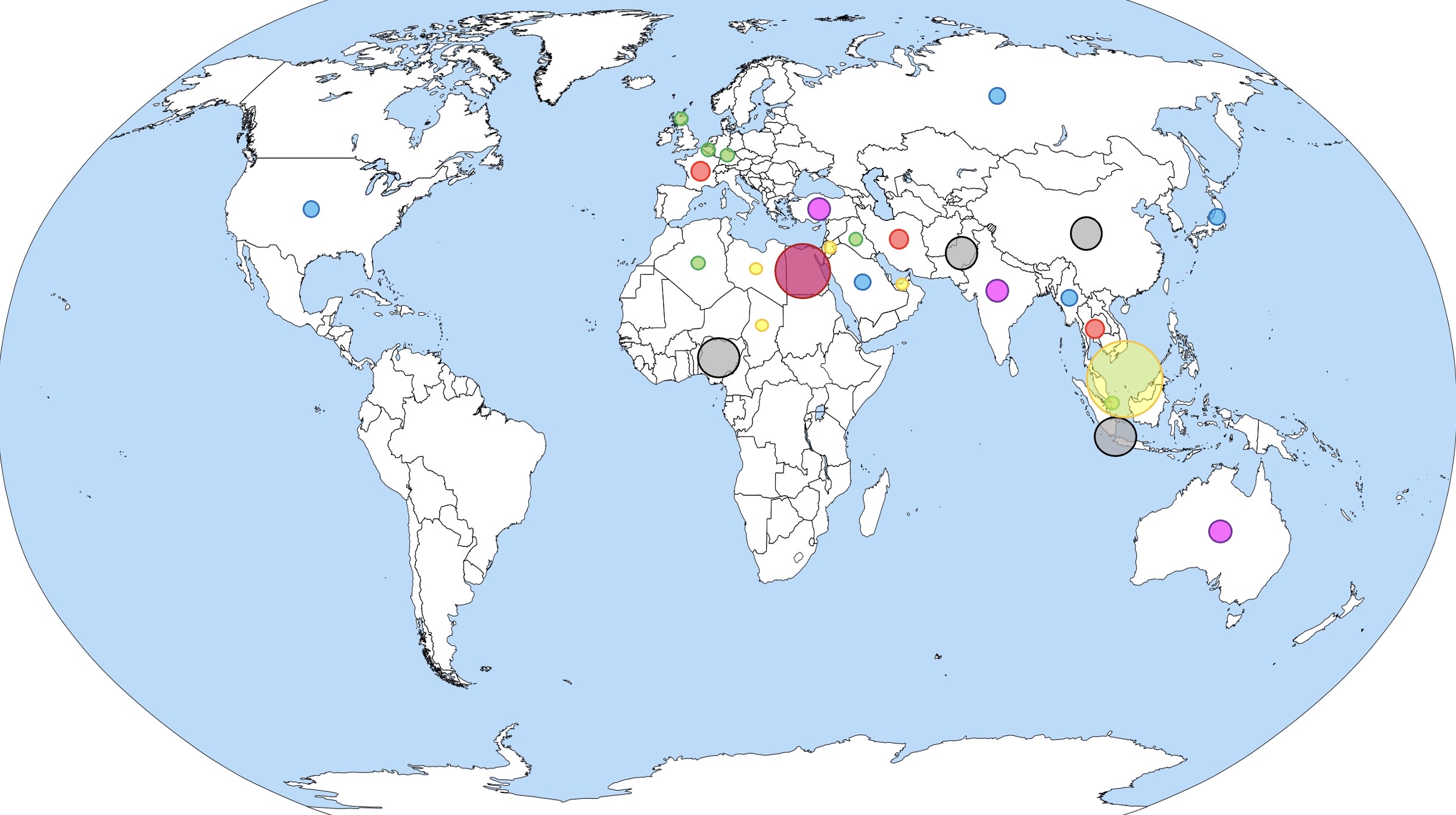Uncomplicated Evaluation of Vehicle Tie-Downs Safety Factor on Ro-Ro Ferry Affected by Lateral and Vertical Acceleration Forces from Beam Sea
DOI:
https://doi.org/10.37934/aram.137.1.109121Keywords:
Ferry ro-ro, lashing system, vertical acceleration, lateral acceleration, tie-downs, safety factorAbstract
One of the most significant forms of maritime transportation for tying together islands and coastal regions is ro-ro ferrying. Regarding the security of the cars being transported, Ro-Ro Ferry also confronts significant difficulties. incidents where the vehicle's ability to secure itself was compromised by forces of vertical and lateral acceleration when the beam sea was present. Researching an efficient vehicle fastening method is required to raise the ro-ro ferry's level of safety. To increase the safety of the ro-ro ferry, this study intends to carry out a preliminary evaluation and make recommendations about the quantity and kind of tie-downs in the lashing system. The FEM method—that is, the Ansys workbench—is employed in this investigation. For every kind of vehicle, the tie-downs is simulated to withstand stresses brought on by lateral and vertical acceleration forces. A number of lashing system angles are examined. According to the study's findings, the Truck 11 type vehicle's maximum equivalent stress when working on a 45-degree tie-downs is 36.08 MPa, while the Innova 2 vehicle's minimum equivalent stress is 13.59 MPa. When working on a tie-downs at a 70-degree angle, the highest equivalent stress for a Truck 11 vehicle is 47.95 MPa, while the minimum stress for an Innova 2 vehicle is 18.07 MPa. The tie-downs safety factor values in the lashing system range between 3.54 and 19. Because safety factor ≥ 3.5, it is the value is worth using. This is true for binding angles and all vehicle kinds.
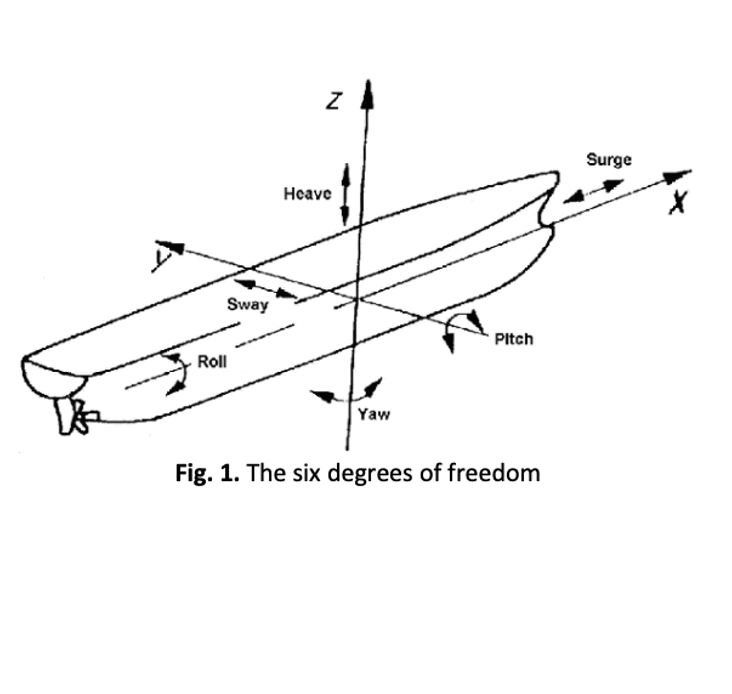




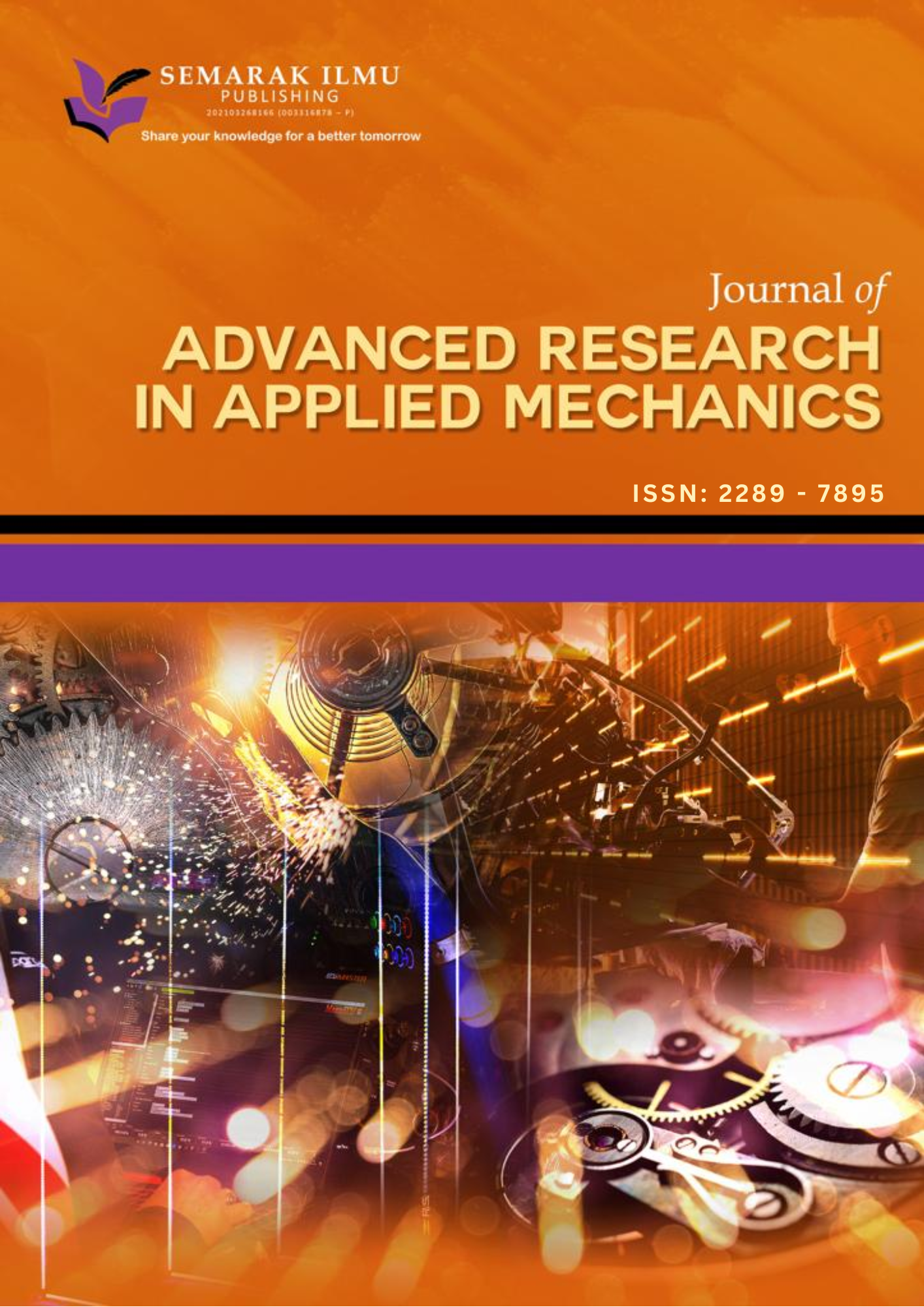
 "SHARE YOU KNOWLEDGE FOR A BETTER TOMORROW"
"SHARE YOU KNOWLEDGE FOR A BETTER TOMORROW"